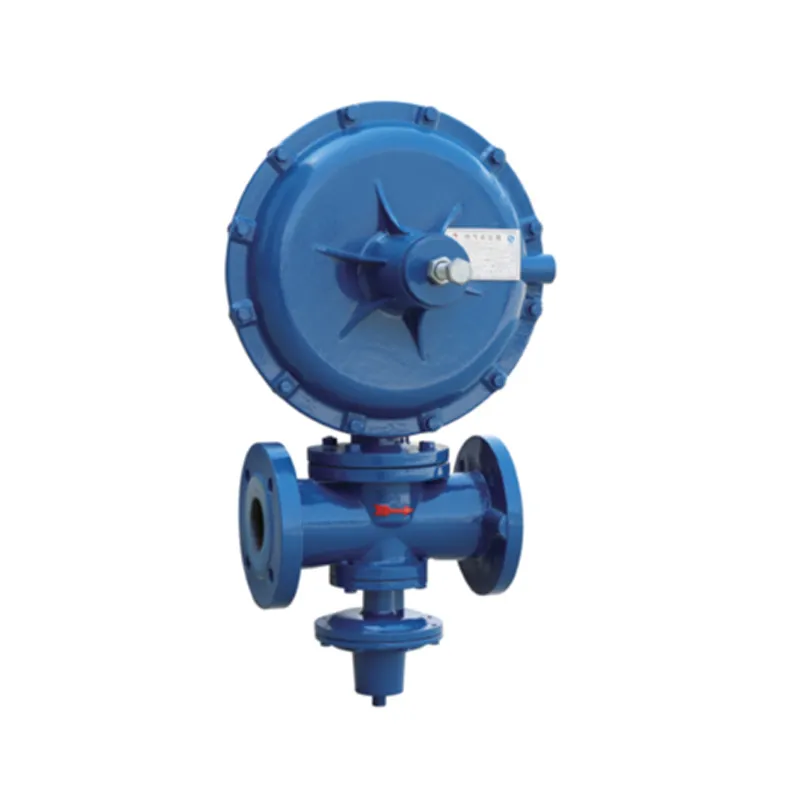
Nov . 13, 2024 20:18
Back to list
gas metering
Understanding Gas Metering Importance, Technology, and Future Trends
Gas metering is a crucial component of the broader energy management ecosystem, playing a pivotal role in how natural gas is measured, distributed, and consumed. As the global demand for energy continues to rise, the importance of accurate and efficient gas metering becomes increasingly significant in ensuring that both consumers and suppliers can optimize their usage and manage costs effectively.
The Importance of Gas Metering
Gas metering serves several essential functions in the energy market. First and foremost, it ensures accurate billing for consumers. By measuring the amount of gas consumed over a specific period, utility companies can generate precise bills, promoting trust and transparency in the billing process. Furthermore, accurate gas metering helps in the detection of leaks and inefficiencies in gas distribution networks, which can mitigate safety hazards and minimize wastage.
In addition to these practical applications, gas metering contributes to better resource management. By monitoring usage patterns, utility companies can adjust supply according to demand, optimizing their operations and reducing their environmental footprint. This is particularly crucial as society shifts towards more sustainable energy practices.
Types of Gas Meters
There are several types of gas meters used throughout the industry, each designed for specific applications. The most common types include
1. Diaphragm Meters These traditional meters are widely used in residential applications. They measure gas flow based on the movement of flexible diaphragms that expand and contract in response to gas pressure.
2. Rotary Meters Primarily used for commercial applications, rotary meters measure gas flow through a series of rotating vanes. They are known for their accuracy and reliability under varying flow conditions.
3. Turbine Meters These meters are often used in industrial applications due to their ability to measure high volumes of gas. Turbine meters operate by detecting the rotation of blades driven by gas flow.
4. Ultrasonic Meters Leveraging advanced technology, ultrasonic meters measure gas flow by analyzing the time it takes for ultrasonic waves to travel between transducers. Known for their accuracy and ability to provide real-time data, these meters are becoming increasingly popular in modern gas metering solutions.
gas metering

5. Smart Meters The evolution of metering technology has given rise to smart meters that offer enhanced features, including remote reading, real-time monitoring, and data analytics capabilities. These meters can improve energy management for both utilities and consumers.
The Role of Technology in Gas Metering
The integration of technology into gas metering has significantly transformed the sector. Advanced metering infrastructure (AMI) has enabled utilities to employ smart meters that facilitate remote monitoring and automated data collection. This development not only minimizes the need for manual meter reading but also allows for timely detection of issues such as gas leaks and irregular consumption patterns.
Moreover, the rise of the Internet of Things (IoT) has further enhanced metering capabilities. Sensors and connected devices can provide real-time data analytics, enabling utilities to predict consumption trends, manage demand effectively, and enhance customer engagement. For consumers, smart gas meters can offer insights into their usage patterns, allowing them to make informed decisions about their energy consumption and costs.
Future Trends in Gas Metering
As technology continues to evolve, several trends are likely to shape the future of gas metering. One such trend is the increasing incorporation of artificial intelligence (AI) and machine learning algorithms into metering systems. These technologies can analyze extensive datasets to provide predictive maintenance, optimized distribution, and tailored consumer insights.
Additionally, the push for sustainability and reduced carbon emissions is prompting the development of greener metering solutions. This includes the use of renewable energy to power metering devices and integrating them into broader energy management systems that prioritize sustainability goals.
Finally, regulatory frameworks will continue to evolve, requiring utilities to adopt more advanced metering technologies to improve efficiency, accuracy, and safety. As governments worldwide push for enhanced transparency and accountability in energy consumption, the demand for sophisticated gas metering solutions will likely grow.
Conclusion
Gas metering is an indispensable aspect of energy management that ensures accuracy, safety, and sustainability in gas consumption. As technological advancements continue to reshape the industry, the future of gas metering holds promise for enhanced efficiency and better resource management. By embracing modern innovations, utilities and consumers alike can contribute to a more sustainable and responsible energy landscape.
Next:
Latest news
-
Safety Valve Spring-Loaded Design Overpressure ProtectionNewsJul.25,2025
-
Precision Voltage Regulator AC5 Accuracy Grade PerformanceNewsJul.25,2025
-
Natural Gas Pressure Regulating Skid Industrial Pipeline ApplicationsNewsJul.25,2025
-
Natural Gas Filter Stainless Steel Mesh Element DesignNewsJul.25,2025
-
Gas Pressure Regulator Valve Direct-Acting Spring-Loaded DesignNewsJul.25,2025
-
Decompression Equipment Multi-Stage Heat Exchange System DesignNewsJul.25,2025

